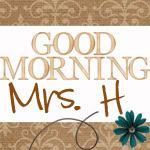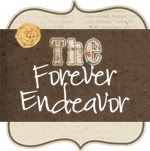Mike Eisenberg uses his Big6 method to outline a clear method of increasing information literacy among our students. (You can visit his website here, or check out his very informative video here.) The Big6 uses the following steps:
1. Task Definition
1.1 Define the information problem
1.2 Identify information needed
2. Information Seeking Strategies
2.1 Determine all possible sources
2.2 Select the best sources
3. Location and Access
3.1 Locate sources (intellectually and physically)
3.2 Find information within sources
4. Use of Information
4.1 Engage (e.g., read, hear, view, touch)
4.2 Extract relevant information
5. Synthesis
5.1 Organize from multiple sources
5.2 Present the information
6. Evaluation
6.1 Judge the product (effectiveness)
6.2 Judge the process (efficiency)
These methods are exactly what teachers, and especially librarians, can use to promote this learning in our classrooms. Students struggle most with the vastness of everything... well, actually more with the lack of giant neon signs that say "Click here! I have all the answers!" Having a clearly defined task and strategy with which to acquire information will make the task a much smoother process. The 3rd step, "Location and Access" is certainly the peek of teacher librarian interaction. By definition, it is our job to help students locate information, and for these coming generations that seem to enjoy reading less and less, we have to do a lot more to help them find the answer once we've found the source.
This is a very concise way of outlining a lengthy process, and I know I will have my library science students mastering this process, and I will certainly use while collaborating with teachers.








No comments:
Post a Comment